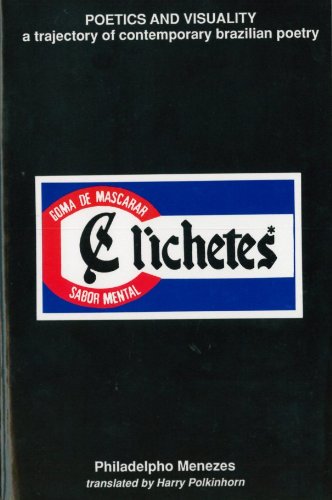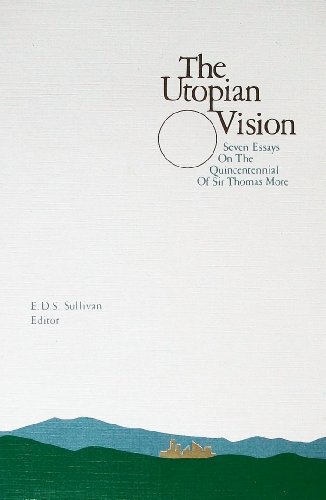The “eminent scholar of all
things Latino,” Frederick Luis Aldama once again takes us into the world of
Latinx comics with his new text Latinx
Comic Book Storytelling: An Odyssey by Interview (9). In an intriguing and
exciting collection of interviews spanning from Lalo Alcaraz and “La Cucaracha,” to Jamie Hernandez of Love & Rockets fame, to Cristy C.
Road and Spit and Passion, Aldama’s
compendium of experiences brings into focus the diversity of the Latinx comic
tradition, one that runs the gamut from superheroes to political commentary to
queer memoirs.
Aldama focuses specifically on the nature
by which the authors find themselves participating in the creation of comics
and to what effect their cultures influence them. It provides
valuable insight into the minds that are currently constructing the Latinx
comic tradition, a
perspective necessary as the Latinx population is an ever-present one in the
comic book market.
 That being said, Aldama’s Latinx Comic Book Storytelling: An Odyssey
by Interview is an insightful and entertaining experience for readers
of all walks. It enlightens them to the writing process and history of many of
their favorite comics while simultaneously providing an interesting cultural
study in regards to the growing prominence of Latinx contributors to the comic
medium. Aldama’s text directly addresses
the question of Latinx representation within the genre. As such, it
provides an answer: “The time for waiting is over. Comics by and about Latinos
are here to stay. The authors and artists featured in this book are living
proof” (269).
That being said, Aldama’s Latinx Comic Book Storytelling: An Odyssey
by Interview is an insightful and entertaining experience for readers
of all walks. It enlightens them to the writing process and history of many of
their favorite comics while simultaneously providing an interesting cultural
study in regards to the growing prominence of Latinx contributors to the comic
medium. Aldama’s text directly addresses
the question of Latinx representation within the genre. As such, it
provides an answer: “The time for waiting is over. Comics by and about Latinos
are here to stay. The authors and artists featured in this book are living
proof” (269). 






































